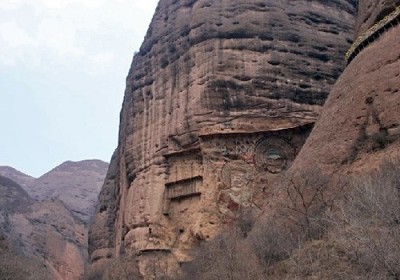Towards a landscape archaeology of Buddhist cave-temples in China
Abstract

Buddhism spread from northern India throughout the Asian continent from the first century BC onwards. As it spread, it changed and adapted to suit the new peoples and customs with which it came into contact. In recent years, studies have been undertaken on the landscape archaeology of Indian, Central Asian and Southeast Asian Buddhism. By focusing on China, this study represents a preliminary step in attempting to illuminate a new aspect of early Buddhist practice in China. It considers the chronological implications of the way in which the sites are positioned within the landscape. The study is based on survey work and site visits undertaken over the last five years, during the course of which certain patterns began to emerge. Based on these observations, an initial hypothesis was formed which states that the visibility of the locations into which cave sites are carved increases over time. Visibility is taken as the presence or prominence of a site within the physical landscape. This study focuses only on rock-cut cave-temples because they can still be clearly seen within their (nearly) original landscape settings. They can also be dated with relative accuracy on stylistic grounds. The same cannot be said of surface religious structures.
Author
- Francesca Monteith
School of Archaeology and Museology, Peking University, 5 Yiheyuan Lu, Haidian District, Beijing 100871, China (Email: fcmonteith@pku.edu.cn)

 Cite this article
Cite this article